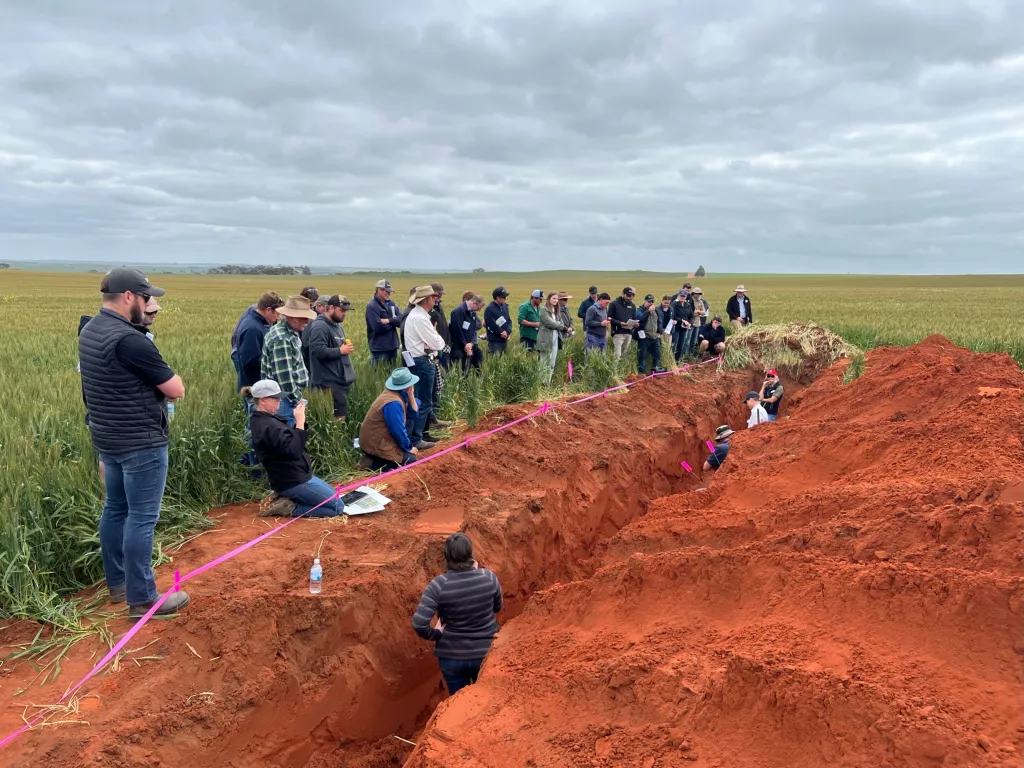Nitrogen modelling, collaboration and risk: What's in store for 2024?
Over the past two months, I have been working on the GRDC funded Ri$kWise project, a new National-based project to assist farmers in evaluating the risk and reward of various farming practices.
My focus has been on understanding APSIM (Agricultural Production Systems sIMulator), a program that models crop growth, development, and yield through a range of environmental scenarios.
I have used APSIM to model different nitrogen strategies across multiple soil types and locations over a 20-year period, and how these changes effect wheat yield. The comprehensive data generated through simulation modelling allows us to have an informed conversation around the response to nitrogen fertiliser across the region. for example, did you know that the average response to nitrogen fertliser can vary between 1 t/ha and 7 t/ha?!
In 2024, WMG will team up with the Mingenew-Irwin Group to host a series of Participatory Action Research Group meetings across the Northern Agricultural Region to pull apart this data and get a better view on the factors that impact on the risk of applying nitrogen. These sessions are designed to be interactive, allowing us to share results, refine the APSIM models and deepen our understanding of nitrogen strategies.
The aim is to create a group where experiences and trials can contribute to the broader regional nitrogen knowledge base. The PAR process moves away from traditional trials that dictate both the problem and the solution; this project is about exploring the broader spectrum of nitrogen decisions in agriculture. The outcome is a collaborative environment where farmers can come together to explore and trial solutions that resonate with their unique needs and interests.
In the future, we will be working on other topics that impact on the risk and reward of farming practices; our next focus will be on machinery decisions and how this affects production and profitability.
In both cases, it is the first time that this approach has been used to understand the risk and reward of our key farming decisions. From these group meetings, we will be supporting growers to trial and understand what this means for their own farming system to reduce the risk involved with cropping.
This GRDC project is led by CSIRO and WMG is one of the many grower groups across Australia who are investigating the factors that optimse the profitability and risk profile of cropping systems.
Melanie Dixon
Mixed Farming Systems Officer, WMG













